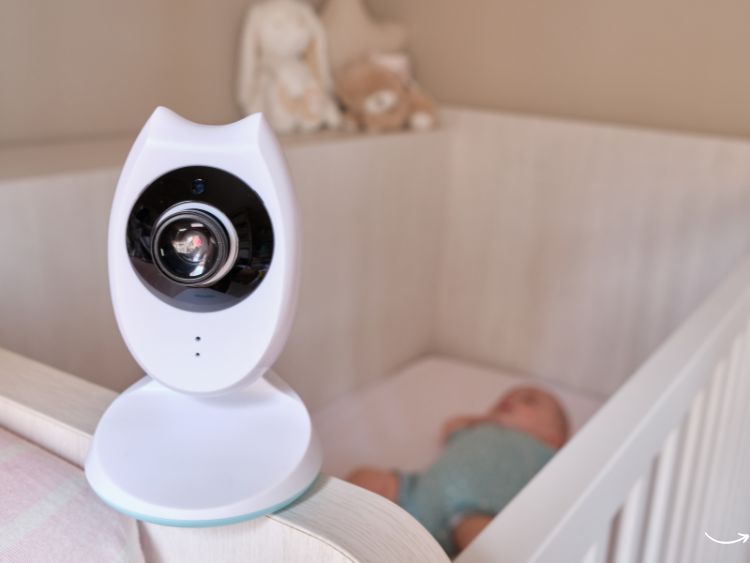When a product malfunctions or causes harm, the question of responsibility can lead to a products liability action. Among the different legal theories involved, negligence often takes center stage. But what exactly is negligence in a products liability case? How does it differ from other forms of liability? Let’s dive into the essentials, exploring the roles of manufacturers, sellers, and other entities, along with common legal principles and real-world applications of negligence in product liability cases.
What is Negligence in a Products Liability Action?
In the realm of product liability, negligence refers to a manufacturer or seller’s failure to exercise reasonable care, resulting in a product that causes harm. This negligence could occur at any point in the product’s lifecycle, from design to distribution. Unlike strict liability (where the product alone can lead to liability), negligence requires proving that the responsible party did not act with reasonable caution or competence.
Key Components of Negligence in Product Liability
To successfully claim negligence in a product liability action, plaintiffs must establish four primary elements:
- Duty of Care: The manufacturer or seller owed a duty to produce and sell safe products.
- Breach of Duty: There was a failure to uphold the duty of care, such as ignoring safety standards.
- Causation: The breach directly led to harm or injury.
- Damages: The plaintiff suffered actual injuries or losses as a result.
Common Examples of Negligence in Product Liability
To bring negligence to life, here are examples of scenarios that could lead to a negligence-based product liability case:
- Faulty Design: A chair with an inherent design flaw that causes it to collapse unexpectedly.
- Manufacturing Errors: A batch of medication contaminated during production, posing risks to consumers.
- Inadequate Warnings: A chemical product without sufficient safety instructions, leading to misuse and injury.
- Improper Inspection: A car manufacturer skipping quality control steps, resulting in a defectively assembled vehicle.
Why Is Proving Negligence Essential in a Products Liability Case?
The burden of proof in a negligence-based products liability claim is on the injured party. Unlike strict liability claims, where harm alone may suffice, negligence requires demonstrating that the manufacturer or seller acted carelessly. Here’s why this distinction matters:
- Establishes Accountability: Proving negligence can reveal dangerous practices and hold companies accountable for irresponsible actions.
- Encourages Safer Products: When companies are held to high standards of care, they’re more likely to improve safety measures.
- Provides Just Compensation: Victims who successfully prove negligence can obtain compensation for medical expenses, lost wages, and other damages.
Types of Negligence in Product Liability
Negligence in product liability cases can take several forms. Here’s a closer look at the types commonly cited in lawsuits:
1. Negligent Design
A claim of negligent design asserts that a product was inherently dangerous or defective from the start. In these cases, plaintiffs argue that a safer, alternative design was available but was not implemented.
2. Negligent Manufacturing
In negligent manufacturing cases, an error occurred during the production process, leading to a defective product. This might include contamination, assembly errors, or the use of substandard materials.
3. Failure to Warn
Sometimes a product itself may not be inherently dangerous, but a lack of clear warnings or instructions can lead to harm. This “failure to warn” constitutes negligence, especially if the risks were foreseeable.
4. Negligent Marketing
Negligent marketing occurs when a product is advertised or labeled in a way that misleads consumers about its risks or safe usage, potentially leading to injury.
Proving Negligence: Evidence and Burden of Proof
Successfully proving negligence involves gathering robust evidence, which often includes:
- Documentation: Purchase receipts, medical records, or accident reports.
- Expert Testimony: Experts may be called to explain safety standards or testify to the design’s flaws.
- Product Analysis: Testing and analyzing the product can reveal specific defects or design errors.
The burden of proof is on the plaintiff, who must demonstrate that each element of negligence is more likely true than not.
FAQs on Negligence in a Products Liability Action
- What’s the difference between strict liability and negligence in product liability?
Strict liability holds manufacturers accountable for defective products regardless of fault, while negligence requires proof that the manufacturer failed to exercise reasonable care. - How does a plaintiff prove duty of care in a negligence claim?
The duty of care is often established by demonstrating that the manufacturer had an obligation to create a safe product, based on industry standards and expectations. - Can a retailer be held liable for product-related negligence?
Yes, retailers can be included in negligence claims if they contributed to the defect, such as by failing to inspect or handle the product appropriately. - What compensation can plaintiffs seek in a negligence-based product liability action?
Plaintiffs may receive damages for medical expenses, pain and suffering, lost wages, and property damage, depending on the specifics of the case. - Are punitive damages available in negligence claims?
In some cases, punitive damages may be awarded if the negligence was particularly reckless or egregious, though these are awarded more sparingly.
Conclusion
Negligence in a products liability action is a complex yet crucial aspect of consumer safety and accountability. By understanding the duty of care that manufacturers, designers, and retailers owe to the public, consumers can better protect their rights. Proving negligence, while challenging, underscores the importance of maintaining high standards in product safety.
Authoritative Sources
For further reading on negligence and product liability, refer to these resources:
- Cornell Law School’s Legal Information Institute on Product Liability: www.law.cornell.edu/wex/product_liability
- American Bar Association on Product Liability Law: www.americanbar.org/groups/litigation/committees/products-liability
- Consumer Product Safety Commission (CPSC) guidelines: www.cpsc.gov



